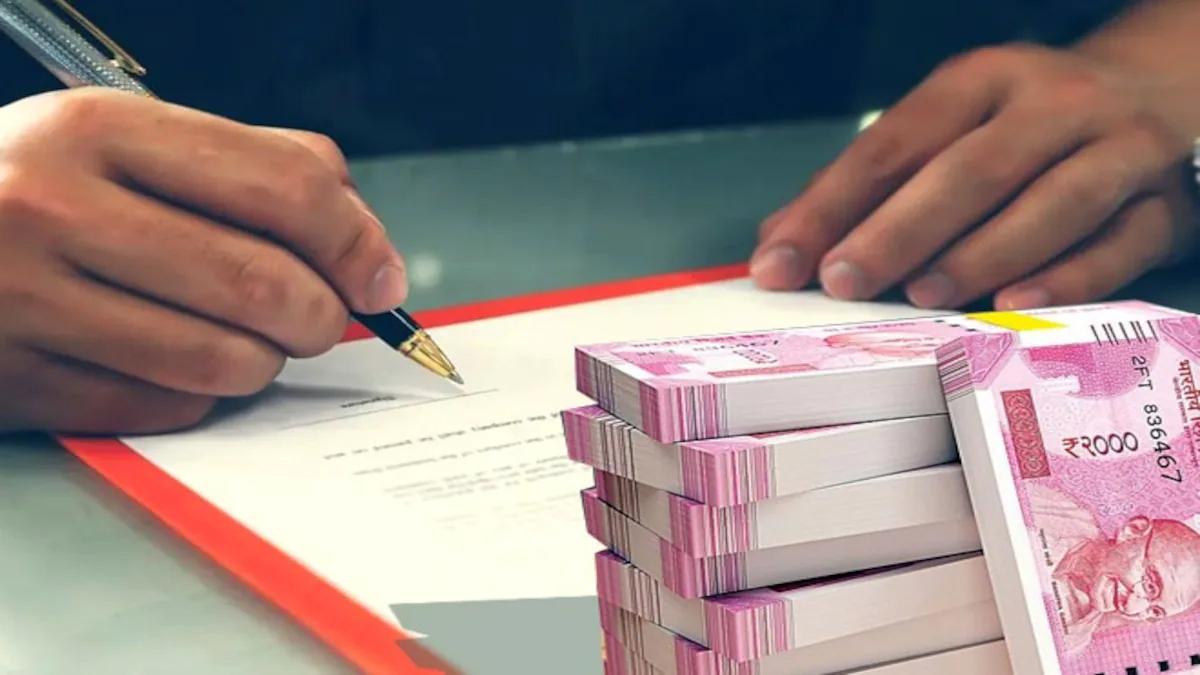
Chinese scientists have grown mouse embryos in space – paving the way for humans to colonise other planets.
They have become the first group in the world to overcome the biological hurdles of reproduction in orbit.
The experiments were carried out aboard China’s SJ-10 recoverable satellite.
Before and after pictures show how two-cell mouse embryos developed into blastocyst just 80 hours after launch.
The country’s first microgravity satellite was launched on 6 April.

The cells pictured at the start of the space experiment
The return capsule will stay in orbit for a few more days before returning to Earth.
Duan Enkui, a professor at China’s Institute of Zoology, said: “The human race may still have a long way to go before we can colonise space but, before that, we have to figure out whether it is possible for us to survive and reproduce in outer space like we do on Earth.
“Now, we have finally proven that the most crucial step in our reproduction-early embryo development is possible in outer space.”
The development of an embryo begins when a fertilised cell divides into two cells, then four cells, and so on.
Eventually, the fertilised egg forms what’s known as a blastocyst that can be implanted into a womb.
NASA tried to develop mammalian embryos in space in 1996 but none of the 49 mouse embryos on board successfully developed.
The SJ-10 carried more than 6,000 mouse embryos in a self-sufficient, enclosed chamber that is about the size of a microwave oven.
During the experiment, a camera took photographs of the embryos every four hours and sent those pictures back to Earth.
Prof Aaron Hsueh, from Stanford University, said: “This represents an important milestone in human space exploration.
“One small step for mouse embryos, one giant leap for human reproduction.”
[Source:- Skynews]

















